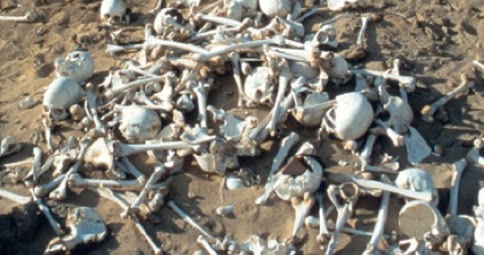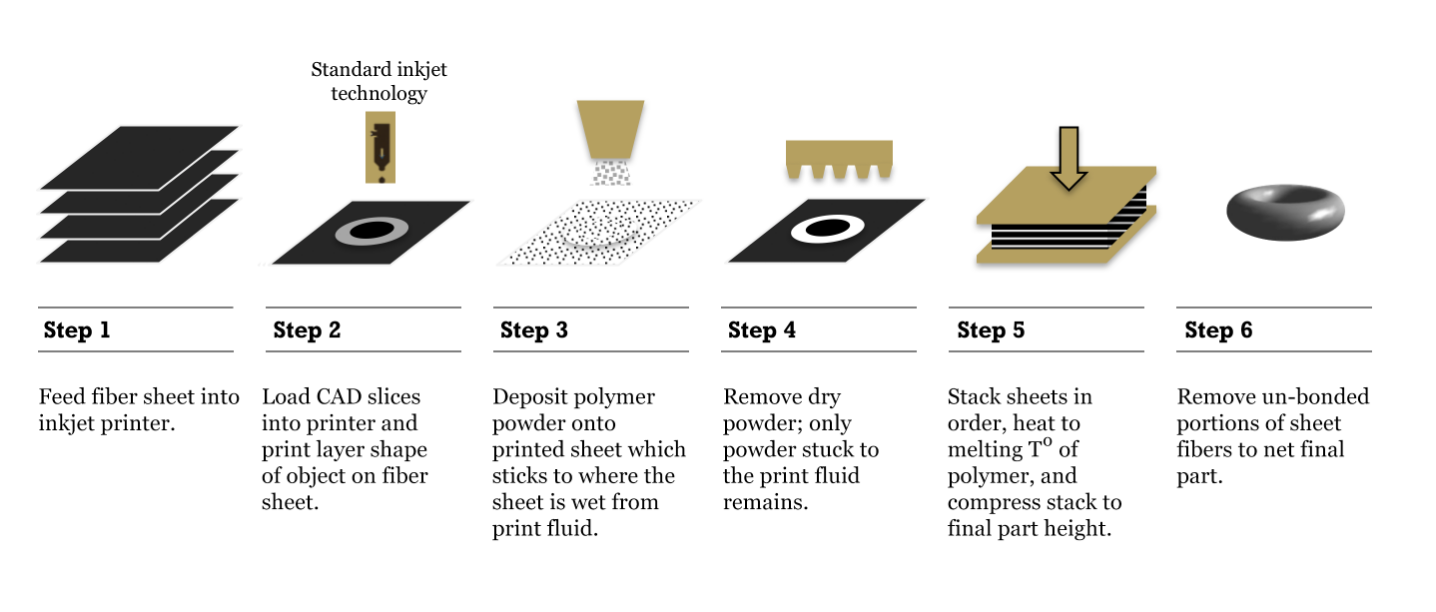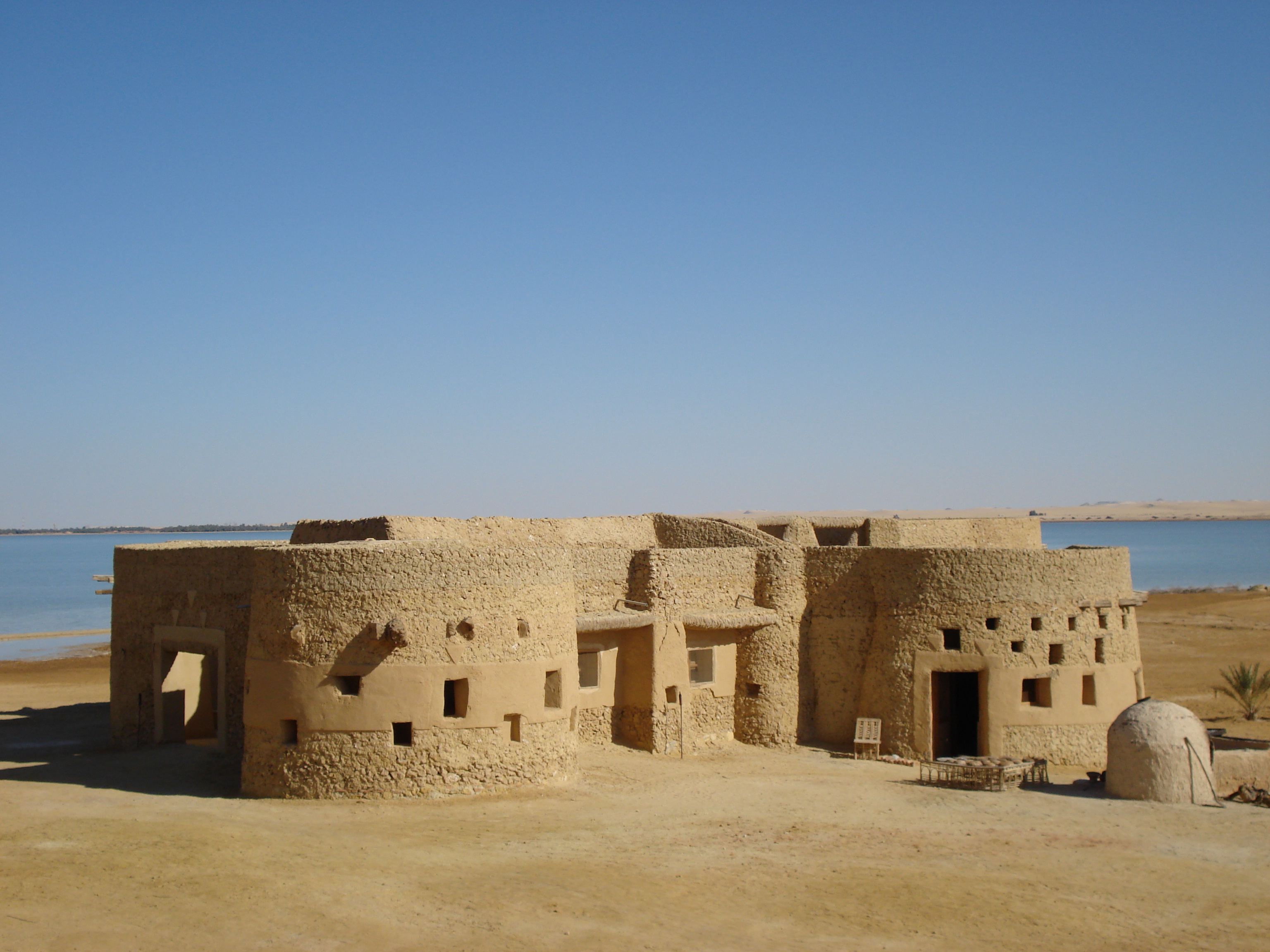Cambyses Lost Army and the Physics of Sandstorms. Over the weekend JenLuc Piquant found herself pondering the works of Herodotus, specifically the tale of the Lost Army of Cambyses. Cambyses was the oldest son of Cyrus the Great, the first king of the Achaemenid empire ( ). The Greek researcher Herodotus of Halicarnassus calls Cambyses' mother Cassandane, but Ctesias of Cnidus states she was Amytis, the daughter of the last king of independent Media, Astyages. Using this knowledge, Cambyses II wiped the floor with the Egyptians in battle by literally throwing cats at them until they surrendered. You see King Cambyses knew that in ancient Egypt people freaking loved cats, if a building burnt down, people would save the cats inside before putting out the fire. ), Cambyses was not a king but a Persian of good family, who married Mandane, a daughter of the Median king Astyages; from this union Cyrus the Great was born. Xenophon, on the other hand, though also reporting that Cambyses married Astyages daughter Mandane, called him king of the Persians ( Cyropaedia. The primary source for the tale of Cambyses and his lost army is the ancient Greek traveller and historian Herodotus, an intrepid man who travelled all over Egypt just 75 years after the Persian invasion. The Lost Army of King Cambyses explores one of the last great mysteries of ancient Egypt. An army of 10, 000 Persians vanished in the desert 2, 500 years ago while attempting to cross the remote and dangerous Western Sahara. During the 1930s famous explorers, including Count Almeidy the English. Cambyses: second king of the ancient Achaemenid empire (ruled ). The Greek researcher Herodotus, living almost a century after the conquest of Egypt, offers a completely different picture. In his view, Cambyses' behavior is almost criminal. Destruction of Cambyses Army by a sandstorm It is indeed one of the ancient worlds great mysteries. According to the Greek historian Herodotus ( BCE), the Persian king Cambyses II who was the son of Cyrus the Great ordered an army to cross the desert in 525 BCE. Program summary The Lost Army Of King Cambyses. 2500 years ago, an entire army of 10, 000 Persians disappeared in the desert. The Lost Army Of King Cambyses (Historical Mystery Documentary) Timeline Timeline World History Documentaries The Lost Army Of King Cambyses returns to the site to uncover the truth. Back to index: Cambyses Persian Lost Army in Egypt: Cambyses Persian Lost Army in Egypt Dr. A dramatic set of headlines in the Times of London as well as other outlets such as MSNBC have reported on the remains of a lost Achaemenid Persian army (reputedly at 50, 000 men) of King Cambyses II ( BC) (son of Cyrus the Great) in Egypt. Cambyses may refer to two ancient rulers or two plays: Cambyses I, King of Anshan 600 to 559 BCE Cambyses II, King of Persia 530 to 522 BCE Cambyses, a tragedy (published 1569) by Thomas Preston (writer) Qambeez (Cambyses), a tragedy in Arabic by Ahmed Shawqi Cambyses may refer to two ancient rulers or two plays: Cambyses I, King of Anshan. Egyptian Genre Gaming and RPGsA Resource Wargame and Roleplaying Miscellany. Wargods, Hamunaptra, Mythic Egypt, The Whovian Osirians and much more Paul Sussman 's novel The Lost Army of Cambyses (2002) recounts the story of rival archaeological expeditions searching for the remains of his army. An archaeological search for Cambyses' army is an important plot device in Tess Gerritsen 's novel The Keepsake (2008). Dreamily pacing through vast landscapes, Tom Wests King Cambyses reflects on the way our experience of memory alters our understanding of the present. Cambyses I or Cambyses the Elder (via Latin from Greek, from Old Persian Kambiya, Aramaic Knbwzy; c. 600 BC 559 BC) was king of Anshan from c. 580 to 559 BC and the father of Cyrus the Great (Cyrus II), younger son of Cyrus I, and brother of Arukku. After some initial successes, Cambyses was forced to return to Egypt with the shattered remains of his army. He found that the Egyptians were in revolt, led by their king Psammetichus III, whose life he. The Lost Army of King Cambyses. Posted by jerry on July 7th, 2004 Posted in History, Journal, Travel. Herodotus writes of the disappearance of some 10, 000 members of the Persian Army in the Western Sahara around 2, 500 years ago. Lost Army of King Cambyses Posted on September 11, 2017 by MSW It was in 525 BC that the Persian Emperor Cambyses II, son of Cyrus the Great, made the decision to invade Egypt and his armies successfully overthrew the native Egyptian pharaoh, Psamtek III, who was to become the last ruler of Egypts 26th Dynasty. The tale of Cambyses' lost army, however, faded into antiquity. As no trace of the hapless warriors was ever found, scholars began to dismiss the story as a fanciful tale. Cambyses II, who ruled the Achaemenid Empire from BCE, was in charge of Babylon during his father's reign and learned the art of empire. Upon assuming the throne, Cambyses put into action. org item description tags) The tale of Cambyses' lost army, however, faded into antiquity. As no trace of the hapless warriors was ever found, scholars began to dismiss the story as a fanciful tale. Worksheet for the Timeline documentary, The Lost Army of King Cambyses. The video covers the search for archaeological remains associated with Cambyses army that marched on the Siwa Oasis in 525 BCE. This resource is part of a unit of work. Cambyses II, (flourished 6th century bce), Achaemenid king of Persia (reigned bce), who conquered Egypt in 525; he was the eldest son of King Cyrus II the Great by Cassandane, daughter of a fellow Achaemenid. During his fathers lifetime Cambyses was in charge of Babylonian affairs. For two or more years Cambyses was king of Babylon, while his father was king of the lands. The son was a drunkard and subject to fits of unbridled passion, but seems to have been of good capacity as a general and as an administrator. Ancient Egypt: Herodotus on Cambyses Cambyses reigned over Egypt from 525 to 522 BCE [ Now as soon as the Persians took possession of Egypt, they became the caretakers of the entryway into it, having it provisioned with water in the way I have described. BCE) was the second king of the Achaemenid Empire. The Greek historian Herodotus portrays Cambyses as a mad king who committed many acts of sacrilege during his stay in Egypt, including the slaying of the sacred Apis calf. This account, however, appears to have been derived mostly from Egyptian oral tradition and may therefore be biased. In 525 BC the Persian emperor Cambyses II, son of Cyrus the Great, who had already named his son as king of Babylon though Cambyses II resigned that position after only one year, invaded Egypt and successfully overthrew the native Egyptian pharaoh, Psamtek III, last ruler of Egypt's 26th Dynasty to. Find helpful customer reviews and review ratings for Lost Army of King Cambyses at Amazon. Read honest and unbiased product reviews from our users. Cambyses was the first ruler of the Twentysixth Dynasty. He was the ruler of Persia and treated the last ruler of the Twentyfifth Dynasty, Psammetichus III (Psamtik III) with some consideration. Psammetichus then tried to revolt and Cambyses caused him to be killed. Six centuries before Christ, King Cambyses II, the emperor of the First Persian Empire, rallied his army of over 50, 000 troops with the intent of overtaking the Egyptian temple of Amon. In 525 BC the Persian emperor Cambyses II, son of Cyrus the Great, who had already named his son as king of Babylon though Cambyses II resigned that position after only one year, invaded Egypt and successfully overthrew the native Egyptian pharaoh, Psamtek III, last ruler of Egypts 26th Dynasty to become the first ruler of Egypts 27th Persian Dynasty. The Lost Army of King Cambyses recounts this intriguing piece of history, and the expedition that may finally confirm its veracity. For many years, countless archeologists, geologists and historians have attempted to uncover the mystery of the missing army. Cambyses II (Old Persian: [1 Kmboujie, [2 (522 BCE) son of Cyrus the Great (r. BCE), was a king of kings of the Achaemenid Empire. Cambyses's grandfather was Cambyses I, king of Anshan. In 523 BC, the Persian pharaoh Cambyses dispatched an army across Egypts western desert to destroy the oracle at Siwa. Legend has it that somewhere in the middle of the Great Dune Sea his army was overwhelmed by a sandstorm and lost forever. The quest for Cambyses' lost army. Bronze weapons, a silver bracelet, an earring and hundreds of human bones found in the vast desolate wilderness of the Sahara desert have raised hopes of finally. The archer was a high ranking commander of the Achaemenid army, who was implicitly trusted by king, which implies that Darius should have been with the Cambyses army and therefore, he should have been killed, said Abdi, who is assistant professor the Dartmouth College. The fact that the fate of the army of Cambyses II remained unclear for such a long time is probably due to the Persian King Darius I, who ended the Egyptian revolt with much bloodshed two years after Cambyses IIs defeat. Darius I attributed the shameful. n this paper I analyse the death of the Persian king Cambyses in Book of Herodotus Histories in theological terms as divine retribution for his slaying of the sacred Apis bull in Memphis (Hdt. While stationed with his army in Syria, the king learns that his brother 3 Cf. Cambyses II, (flourished 6th century BCE), Achaemenid king of Persia (reigned BCE), who conquered Egypt in 525; he was the eldest son of King Cyrus II the Great by Cassandane, daughter. The Lost Army Of King Cambyses (Historical Mystery Documentary) Timeline, Tv series 2017 2018. The Lost Army Of King Cambyses (Historical Mystery Documentary) Timeline, Tv series 2017 2018. Cambyses II was king of Persia during the Achaemenid dynasty, son and heir of the founder of the Persian Empire, Cyrus the Great. According to the Greek historian Herodotus, the Persian king sent an army of 50, 000 soldiers to fight the oracle of Ammon, located in the oasis of Siwa. According to the Greek historian Herodotus, Cambyses II, the oldest son of Cyrus the Great, King of Persia, sent his army to destroy the Oracle of Amun at Siwa Oasis after the priests there refused to legitimize his claim to Egypt. The Egyptians considered the kings madness as divine punishment and associated it with his sacrilegious deed ( ), but Herodotus believed that Cambyses had been born with this sickness (3. He mentions as the first of his blatantly insane actions the behavior against his. The Lost Army Of King Cambyses returns to the site to uncover the truth what happened to an entire army of 10, 000 Persians in the desert. In an attempt to cross the remote and dangerous Western Sahara, they were overwhelmed by a sandstorm and disappeared without a trace..











